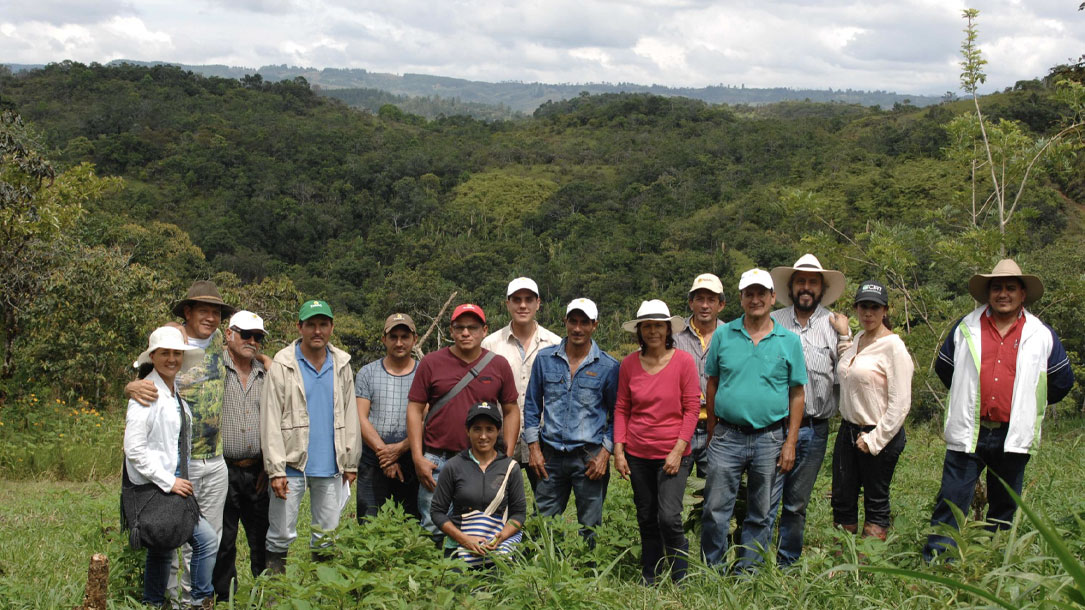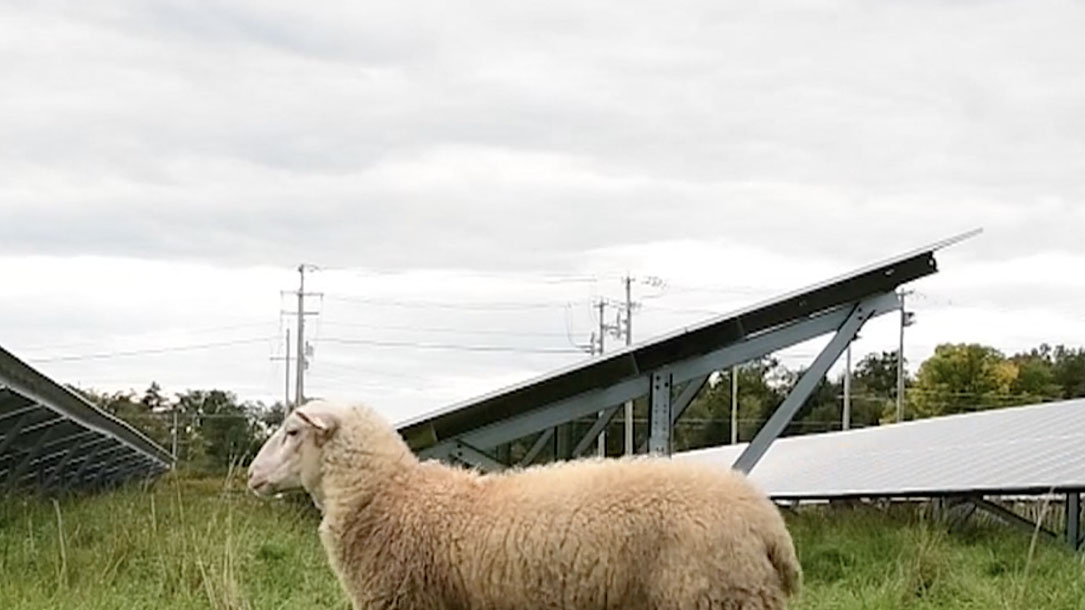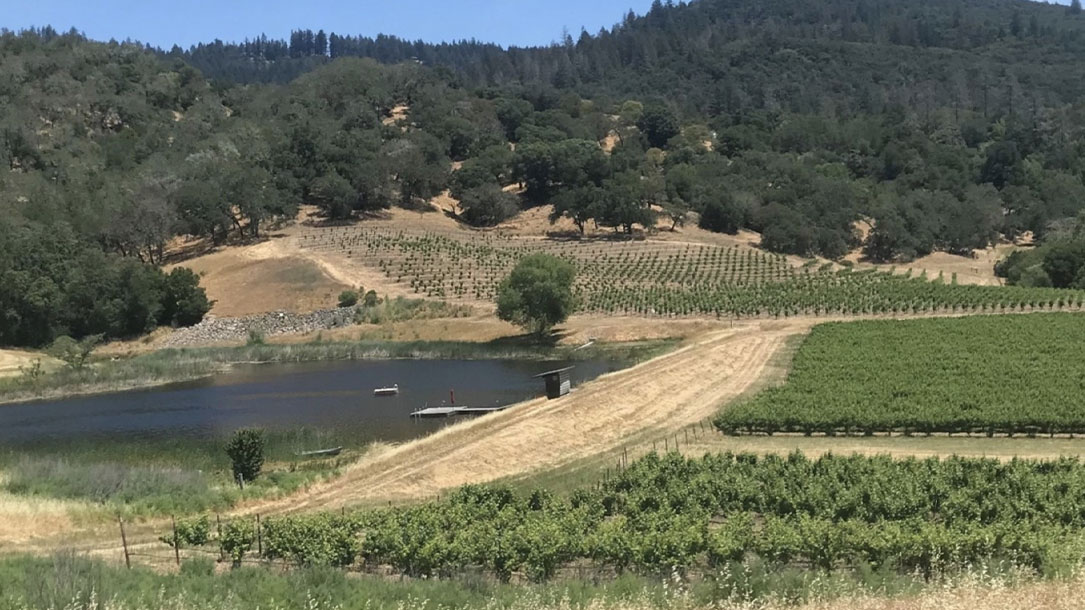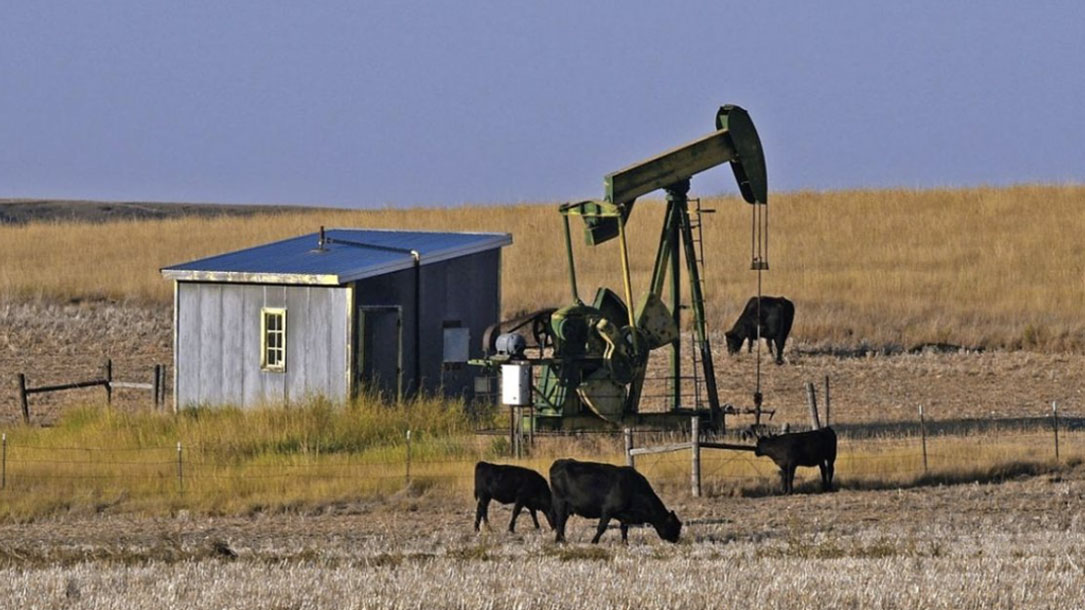Home > Climate News >

American agroforestry accelerates with new funding announcements
“There is a windfall of federal money entering the agroforestry sector,” Meghan Giroux told Mongabay. The director of Vermont-based agroforestry consultancy Interlace Commons, she is currently implementing a program to boost regional training capacity toward helping farms implement this sustainable farming technique — which blends annual crops and livestock with perennial shrubs and trees in a carbon-sequestering system that’s also more resilient to droughts and floods — while keeping her eye on the sizable new opportunities coming from the federal government.
That federal funding comes as interest in agroforestry is growing rapidly in the U.S., alongside the need to rapidly adopt more climate-positive types of agriculture…

Partnerships for Climate-Smart Commodities Project summaries
This project proposes to accelerate long-term cover crop adoption by creating a platform to incentivize farmers. The platform will quantify, verify, and facilitate the sale of ecosystem benefits, creating a marketplace to generate demand for climate-smart commodities. This project plans to support the implementation of more than 1 million acres of crop crops across 20 states. It also plans to enable corn and soybean commodity groups to achieve greenhouse gas emission reduction goals while supporting their farmer members and advancing more productive and sustainable practices.

Sweet return: German farmer gets both solar power and apples
Many of the apple trees growing beneath solar panels have been producing bountiful electricity during this year’s unusually sun-rich summer, while providing the fruit below with much-needed shade.
“The idea is simple,” said Nachtwey, whose farm lies in Gelsdorf, an hour’s drive south of Cologne. “To protect the orchard, without reducing the available growing surface and in particular maintaining production. On top of that there’s the solar electricity being generated on the same land.”
Large-scale solar installations on arable land are becoming increasingly popular in Europe and North America, as farmers seek to make the most of their land and establish a second source of revenue.

Bees, sheep, crops: solar developers tout multiple benefits
Silflower was among native plants that blanketed the vast North American prairie until settlers developed farms and cities. Nowadays confined largely to roadsides and ditches, the long-stemmed cousin of the sunflower may be poised for a comeback, thanks to solar energy.
Researchers are growing silflower at nine solar installations in the Minneapolis area, testing its potential as an oilseed crop. The deep-rooted perennial also offers forage for livestock and desperately needed habitat for bees, butterflies and hummingbirds.

Conquering cover crop challenges
Conquering Cover Crop Challenges from Coast to Coast project, funded through a CIG On-Farm Trials grant of $2.6 million, will test innovative solutions that will help overcome regional and crop-specific barriers to cover crop adoption on fifteen farms in five states and three geographic regions.
The project includes 5 years of evaluation of comprehensive soil, economic, and social factors and outcomes. Specifically, the demonstration project is…

Healthy soil grants
Vermont farmers have an essential role to play in combating climate change. Some farming practices can trap carbon and keep it out of the atmosphere, while supporting wildlife habitat, healthier soils, and cleaner water. The challenge can be sustaining profitability while making significant changes.
Which practices are worth the investment? And how long will they take to pay off?
To answer these questions and more, we are partnering with Bio-Logical Capital and the University of Vermont on a Conservation Innovation Grant funded by the Natural Resources Conservation Service. This five-year research project will provide direct payments to Vermont farmers who agree to implement farming practices that improve soil health…

Agrivoltaic solar tracker uses cables instead of buried steel
The Suntracker system is suspended by cables, rather than mounted on steel driven into the ground, providing what the company says is the lowest levelized cost of energy (LCOE) for high-clearance solar. Rute reports that by using cables rather than steel foundations, steel use is reduced by as much as 30%.
Another advantage of the cable system is that the land does not have to be disturbed in order to install the system, which is a benefit in the agricultural industry. It also enables the land to be returned to its original condition in the event that the solar installation were to be removed…

Massachusetts Clean Energy Act eases path for agrivoltaic projects
The Act clarifies that an agrivoltaic project is to be treated as an agricultural use, meaning that the land can continue to be classified as agricultural land for property tax purposes and that the project is exempt from special permit requirements.
This change in law further illustrates the legislature’s intent to help farmers continue their farming operations by utilizing renewable energy, and particularly solar energy, as a means of maintaining their land in agricultural use.

Keeping cattle on the move and carbon in the soil
The Obrechts stand at the forefront of an emerging collaboration between ranchers, conservation groups, and governmental agencies that aims to protect, restore, and revitalize the United States and Canada’s prairies — or what’s left of them…
Researchers estimate that grasslands could contain as much as 30 percent of the carbon stored in the Earth’s soil. Plowing them in order to plant crops releases large amounts of that carbon into the atmosphere…

Genesee River Demonstration Farms Network
The goals of the Genesee River Demonstration Farms Network are to highlight conservation systems that build soil health and benefit water quality, with on-farm research opportunities to evaluate and demonstrate conservation practices, and to quantify their economic and environmental benefits. The network serves as a platform to share technology, information and lessons learned with farmers, agribusiness, conservation agencies, landowners and the public, and to facilitate farmer-to-farmer discussions and learning opportunities related to conservation practices and their impacts.












